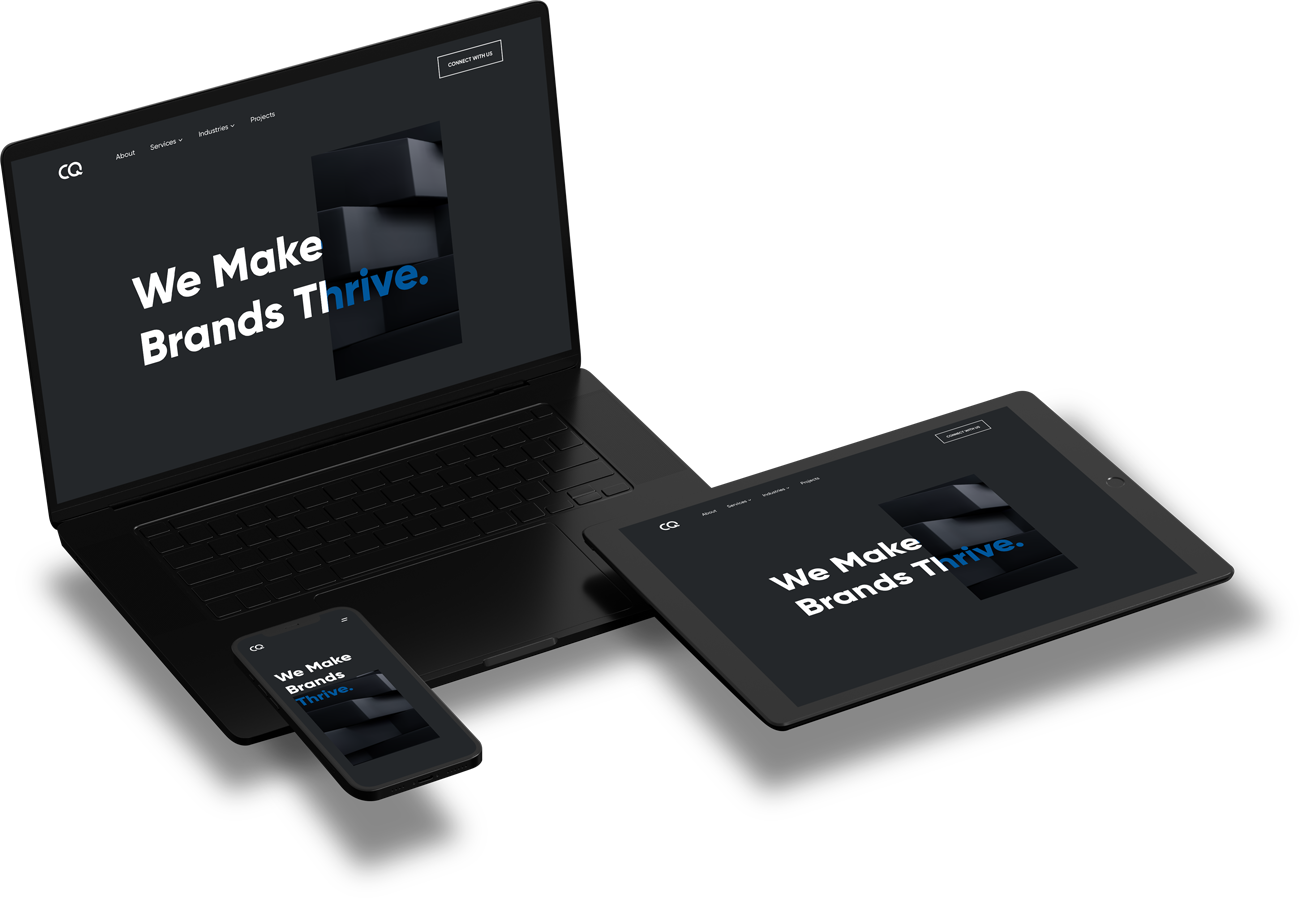 May 2, 2023
May 2, 2023

Cross-platform development has become essential for organizations in today’s tech-driven society. With the help of cross-platform frameworks, programmers may design applications with a single codebase that functions across several platforms, like iOS, Android, Windows, and others. These frameworks often offer an abstraction layer between the platform-specific APIs and the application code, enabling developers to create code once and distribute it across several platforms.
A recent Statista poll found that over 80% of developers are now using or planning to utilize cross-platform frameworks by 2022. More than 935 USD billion in revenue is expected to be generated by mobile apps in 2023.
Choosing the best cross-platform framework while creating mobile apps might take time and effort. There are several alternatives accessible, each with its advantages and disadvantages.
The poor cross-platform framework selection might result in a lack of native capabilities, sluggish app performance, and few customization choices. A smooth user experience, on the other hand, and quicker development times may all be achieved by selecting the correct framework.
However, Flutter and React Native stand out from the crowd of frameworks. One of the most widely used cross-platform frameworks for creating mobile apps is Flutter, and the other is React Native.
Both frameworks provide the ability to create high-performance, cross-platform mobile apps, but they take distinct ways to do so. To assist you in choosing which one is appropriate for your upcoming project, we will compare Flutter vs React Native in this post.
Here is a quick comparison of Flutter and React Native’s key differences.
| Parameters | Flutter | React Native |
| Performance | Fast and smooth | Slower, can be less smooth |
| Development experience | Hot reload, easier debugging | Hot reloading can be slow |
| Language and tools | Dart, integrated development | JavaScript, third-party tools |
| UI components | Customizable and flexible | Native look and feel |
| Community and ecosystem | Growing community and ecosystem | Mature and extensive ecosystem |
| Use cases | High-performance apps, games, animations | Cross-platform mobile apps, simpler UI |
Flutter is a dynamic mobile app development framework that enables developers to create high-quality apps for multiple platforms using a single codebase. It helps developers to create code once and release it across various platforms, optimizing the development process and saving time and money.
Flutter uses a reactive programming model, where changes to the user interface are automatically reflected in the app’s state. It uses a widget tree to build the user interface, with each widget representing a part of the UI.
With Flutter’s Excellent-reload feature, developers can quickly view code changes without restarting the application.
Flutter is a quick and effective framework because of its reactive programming paradigm and high-performance rendering engine.
Flutter allows developers to create apps for both Android and iOS using a single codebase.
The pre-built widgets and hot-reload functionality of Flutter make the development of applications simple and quick.
Flutter’s built-in widgets and design tools make it simple to build user interfaces with outstanding visuals.
It might need some time to learn Flutter for those unfamiliar with the Dart programming language.
There may be just a few third-party libraries available as the Flutter ecosystem is still developing.
The widgets and features that Flutter includes out of the box might increase the size of your app.
Some of the widespread use cases of Flutter are:
With the help of the in-built widgets and capabilities in Flutter, you can build e-commerce apps that are smooth, engaging, and include unique animations and designs.
Flutter is the best framework for creating business apps that can operate across several platforms because of its quick development timeframes and cross-platform features.
The extensive library of pre-built widgets and tools available in Flutter may be utilized to build immersive and captivating music and video streaming applications that provide high-quality playback and a seamless user experience.
News and information apps may be made with engaging and responsive interfaces that provide real-time updates using the customizable widgets and design capabilities of Flutter.
React Native is a ubiquitous cross-platform framework that enables developers to create high-quality native mobile apps from a single codebase for iOS and Android platforms. Facebook built React Native, an open-source mobile application framework. It makes user interfaces with the React.js toolkit, allowing developers to write code once and deliver it across different platforms.
React Native renders components and bridges APIs between the application code and the native platform using JavaScript. It uses native components like UI elements to guarantee that the app appears and feels like a native app. This strategy speeds up and streamlines the development process, using less code to achieve the same outcomes.
React Native is a flexible framework that may be applied to many different apps, including:
React Native is a fantastic option for social networking and e-commerce applications because it can produce beautiful user interfaces and support real-time updates.
For educational and learning apps, React Native is a popular option. These apps need an appealing interface with interactive elements, ideally provided by React Native.
For consumers to stay informed, news and media applications need timely and trustworthy updates. For these kinds of applications, React Native is a fantastic option because of its quick rendering times and effective performance.
React Native is an excellent option for games and entertainment apps since it can be used to build incredibly responsive and engaging user interfaces.
Flutter and React Native are cross-platform mobile app development frameworks. Choosing between them depends on project requirements and development considerations.
When selecting a framework for mobile app development, performance is among the most crucial considerations.
While both Flutter vs React Native provide high-performance apps, they do so in different ways. Rendering UI components in Flutter takes a distinctive method. Skia is a 2D graphics library used by Chrome, Android, and Chrome OS. It’s the graphics engine that is used by these platforms. Because of its graphics engine, Flutter can render UI components more quickly than other frameworks.
In contrast, React Native renders UI elements using native components. Although it gives the app a native look and feel, this strategy can occasionally cause performance issues.
When it comes to performance, Flutter outperforms React Native. Flutter is quicker and more effective than React Native because of its method of producing UI components.

Both Flutter vs React Native have different needs for the development environment.
In addition to the Flutter SDK, Flutter requires the usage of Android Studio or Visual Studio Code. The Dart compiler, a collection of pre-made widgets, and tools for testing and debugging are all included in the Flutter SDK, so you can start creating Flutter apps immediately.
However, React Native supports a variety of text editors and integrated development environments (IDEs), such as Visual Studio Code, Atom, and WebStorm. Additionally, installing JavaScript runtime, Node.js, and the React Native CLI are prerequisites for React Native.
Both frameworks provide a variety of alternatives for the development environment. Still, Flutter presents a few challenges for programmers accustomed to using various tools due to its requirement for a particular IDE and SDK.
Flutter makes use of Google’s Dart programming language. Dart is a contemporary, object-oriented language with a syntax similar to Java or JavaScript.
Flutter has a collection of sophisticated tools that make development simple and quick. It has a hot reload functionality that allows developers to view code changes in real time without restarting the program.
React Native, on the other hand, is built with JavaScript and the React framework. JavaScript is a well-established language with a vast developer community and various tools and frameworks. The React Native CLI enables developers to rapidly create a new project and begin coding.
Hence, in terms of language and tool, React Native is comparatively better than Flutter. React Native offers a hot reloading functionality similar to Flutter. However, one of the most significant advantages of React Native is its large and active developer community.
Another significant thing to consider while selecting a mobile app development framework is the availability of UI components.
Flutter and React Native provide a large selection of UI components but do it in distinct ways. Flutter comes with a plethora of pre-built widgets that may be used to create stunning, responsive UIs. These widgets are easily customizable to meet the demands of the app. It also provides a large selection of frameworks and tools that make it simple to design new UI components.
React Native employs both pre-built and bespoke components. The pre-built components offered by React Native are known as “native components.” They are essentially the same components used in native iOS and Android apps. React Native also includes several third-party frameworks and tools for creating bespoke UI components.
Although both frameworks provide a wide range of UI component options, Flutter has a benefit in terms of pre-built widgets. Because they are so quickly adaptable, Flutter’s devices are perfect for customizing an app’s requirements.
When choosing a framework for mobile app development, community support is a crucial consideration. Developers who work on Flutter are part of a growing community who share their expertise on online forums, social media, and other platforms and contribute to the framework’s growth. In addition, Flutter offers a variety of resources, including guides, videos, and documentation.
React Native has been around longer, hence, it has a larger community than Flutter. Various resources, including videos, tutorials, and documentation, are available from the vibrant React Native community. It’s also relatively simple to combine React Native with other technologies because of the abundance of third-party libraries and tools that are accessible.
Both frameworks have substantial and vibrant communities that support and contribute to the development of the frameworks. With more resources accessible, React Native has an advantage because of its larger community.
Consider your project’s objectives and put them down clearly and concisely.
Defining your intended audience is essential in establishing the project’s requirements. It assists you in determining which features and functions are crucial to your users.
Analyzing your competition allows you to learn what features and functionality are already available in the market and what value proposition you need to give to stand out.
It helps in comprehending the type of team and equipment you’ll need to gather to finish the project.
React Native and Flutter are both powerful cross-platform frameworks for creating mobile applications. High-performance programs, a vast selection of UI components, and a sizable and vibrant community are just a few of the characteristics both frameworks provide.
Performance-wise and in terms of pre-built widgets, Flutter has the edge over the React Native framework, whereas React Native has a larger ecosystem and a native appearance and feel.
It’s essential to remember that both frameworks are continually improving, adding new features and enhancements regularly. Both are going to be the flag bearer of the future cross-platform app development frameworks. Ultimately, the secret to selecting the ideal framework is to thoroughly assess your project’s requirements and select the best framework.
